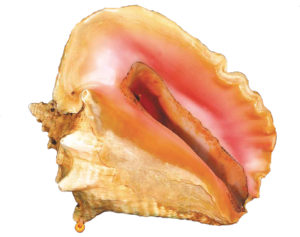
Queen conchs conservation through aquaculture, education
While queen conchs have supported ocean fisheries for centuries, declining populations and catches have prompted management measures and aquaculture development.
Tropical abalone has aquaculture potential, since it is amenable to traditional selective breeding and modern DNA techniques to help reduce inbreeding.

While queen conchs have supported ocean fisheries for centuries, declining populations and catches have prompted management measures and aquaculture development.
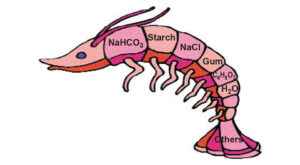
The use of phosphates to protect shrimp moisture has been questioned due to abuses. The alternative demand for chem-free shrimp can involve similar abuses and deception.
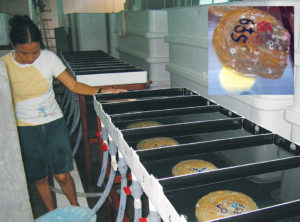
A project between an oyster hatchery and a university is working on a selective-breeding program for silver- or gold-lip pearl oysters in Indonesia.
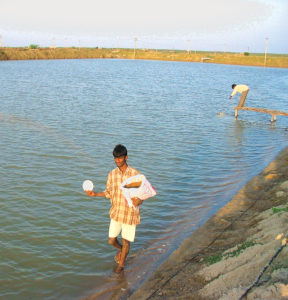
Profitability in the shrimp industry is increasingly related to business factors. Cost effectiveness is a better profit strategy than simple cost reduction.
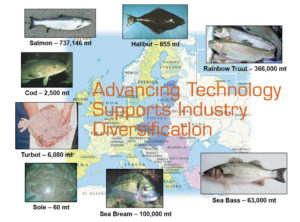
As European aquaculture continues to diversify in the marine fish sector, technology advances and methodology in marine finfish hatcheries are proving vital.
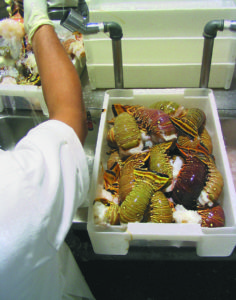
Chlorine dioxide effectively reduces microorganisms on seafood and could be used as a processing treatment to improve shelf life and product safety.
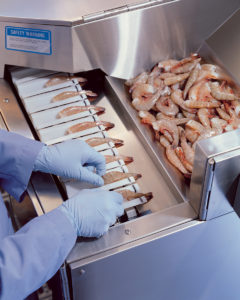
Farmers in developing countries often choose manual labor for shrimp peeling. Although expensive, machine peelers offer versatility and efficiency.
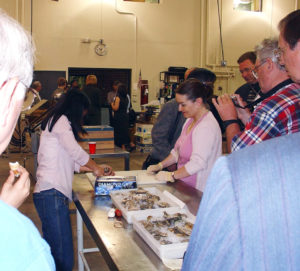
A U.S. study found that high-pressure processing reduced Vibrio vulnificus levels in oysters and can help extend their shelf life.
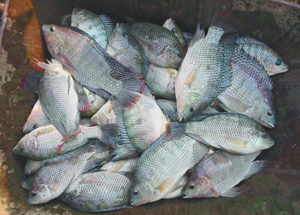
African fish hatcheries were built to produce catfish and tilapia fingerlings, but practices that fail to maintain genetic diversity limit growth performance.
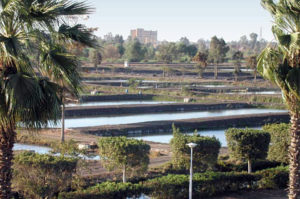
The contribution of tilapia culture in Africa to world tilapia production is low, despite the fact that these fish are originally African.
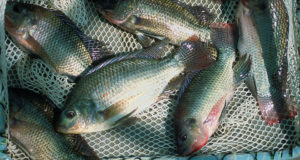
With university assistance, traditional farmers in Oman are evaluating the culture of tilapia in farm areas with saline groundwater.
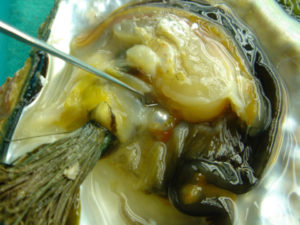
Pearls were once regarded as precious gems until researchers working with all the major species of pearl-bearing mollusks figured out how to produce the animals by the millions.

Many chemicals are used as antimicrobial compounds but ozone has characteristics that make it desirable for disinfection and sanitizing.

Freshwater prawns are farmed in almost all states in Brazil, although the industry is concentrated in the southeast region, mainly the state of Espirito Santo.

A model designed at the University of North Carolina at Wilmington examines the profitability of summer flounder aquaculture using recirculating systems.